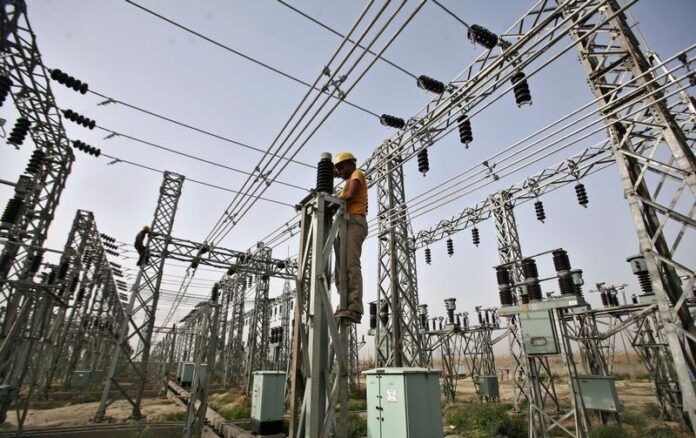The demand for electricity in Pakistan increased by 7% year-on-year in October 2024, reaching 10,262 gigawatt hours (GWh), driven by a slower revival of industrial activities and an extended summer season compared to the same month last year.
Despite the much-needed rise in electricity generation, higher fuel costs significantly impacted end-consumer tariffs. Fuel costs rose by 10% year-on-year and 9% month-on-month to Rs9.06 per unit, primarily due to decreased generation from low-cost hydel and nuclear plants and a shift toward expensive imported coal-fired power plants.
According to data from the National Electric Power Regulatory Authority (NEPRA), the rise in power generation in October followed four consecutive months of decline. Local research houses attributed this growth to an uptick in economic activity. Actual generation exceeded the reference (estimated) generation for the first time in 13 months, with a 0.7% rise recorded during October.
However, compared to September, October’s power generation saw a steep 18% decline. Cumulatively, energy production during the first four months of the fiscal year 2024-25 (July-October) decreased by 5% to 50,808 GWh compared to the same period last year.
Additionally, the cost of power generation for the July-October period increased by 5% year-on-year to Rs8.4 per unit. A key factor in the year-on-year demand increase for October was the availability of subsidised electricity rates. The government announced discounted power tariffs for consumers using additional electricity during the four winter months (October 2024 to January 2025) compared to the same period last year.























